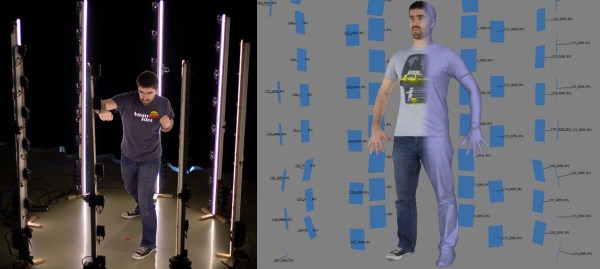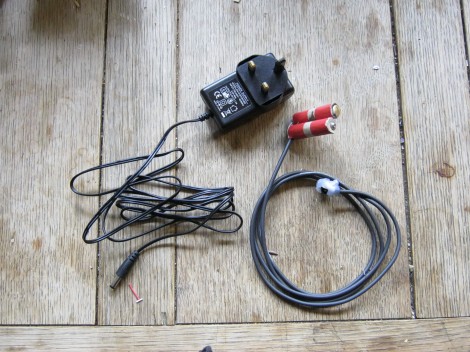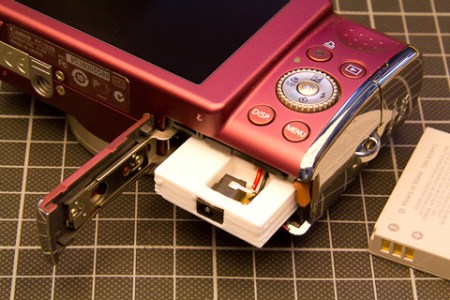Loading point and shoot digital cameras is old hat around here, but [Alex] and [Andreas] are taking it to the next level. They’ve made a Bluetooth controller for a cheap Canon camera, allowing pictures to be taken with an iPhone or Android device.
The camera in question is a Canon IXUS70, although any camera supported by CHDK will work. We’ve seen a few builds using this firmware to take pictures of the sunrise every day and transmitting images over a radio link, but this build is far more interactive.
The camera is connected to an Arduino and Bluetooth shield with a hacked up USB cable. The ‘duino communicates with a phone using a JQuery app, giving any phone with a Bluetooth module control of the camera’s zoom and shutter.
All the code is available on the github, with a very good video demonstration of the build available below.
Continue reading “Controlling A Point And Shoot With Bluetooth”


















